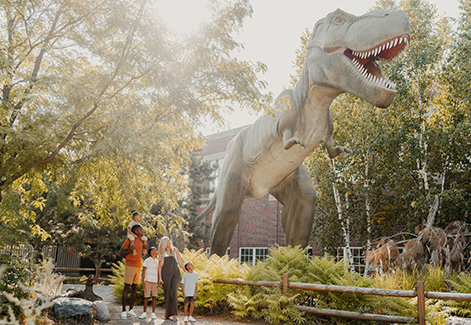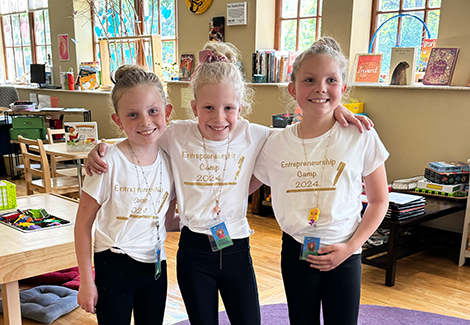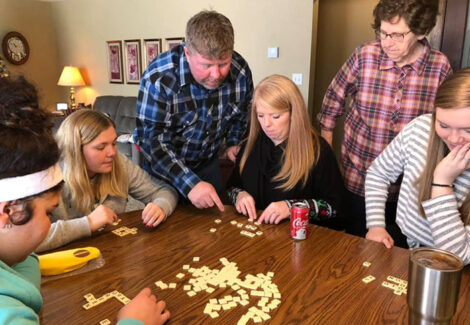A young boy with eyes full of wonder enters Tangle Town exclaiming, “It’s like a maze. It’s easy to get out of because you just have to move forward.”
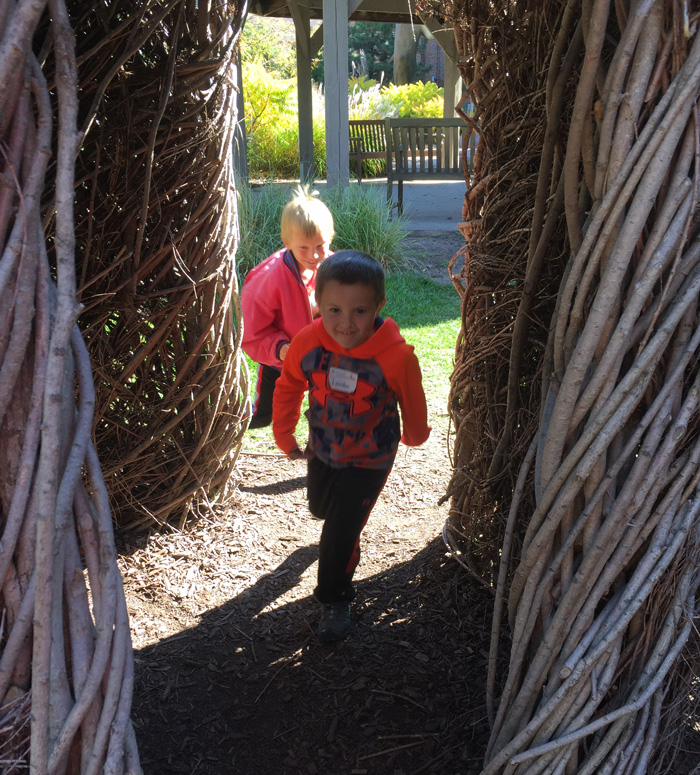 Tangle Town, a nature installation by artist Patrick Dougherty, was constructed in May 2017 and decommissioned in September 2021. It served as a perfect play spot for children and adults alike.
Tangle Town, a nature installation by artist Patrick Dougherty, was constructed in May 2017 and decommissioned in September 2021. It served as a perfect play spot for children and adults alike.
When faced with the problem of not knowing Tangle Town’s pathways, instead of giving up this young boy kept moving forward. Problems have a way of becoming learning opportunities for children because they offer an invitation to move forward. What fuels this learning potential? Questions of course! Questions have the power to transform curiosity into a quest for knowledge.
During the 2017-2018 school year, in collaboration with the Brookings School District, South Dakota State University, and Children’s Museum of South Dakota, different school-aged children visited the Children’s Museum weekly in a learning lab experience to spend time wondering how they could help solve real-world problems.
The goal of this collaboration was to offer authentic experiences for students to create their own learning through inquiry and problem-solving. As an introduction to this learning approach, we asked children to share with us what they wondered and what they noticed as they spent time in our exhibit spaces.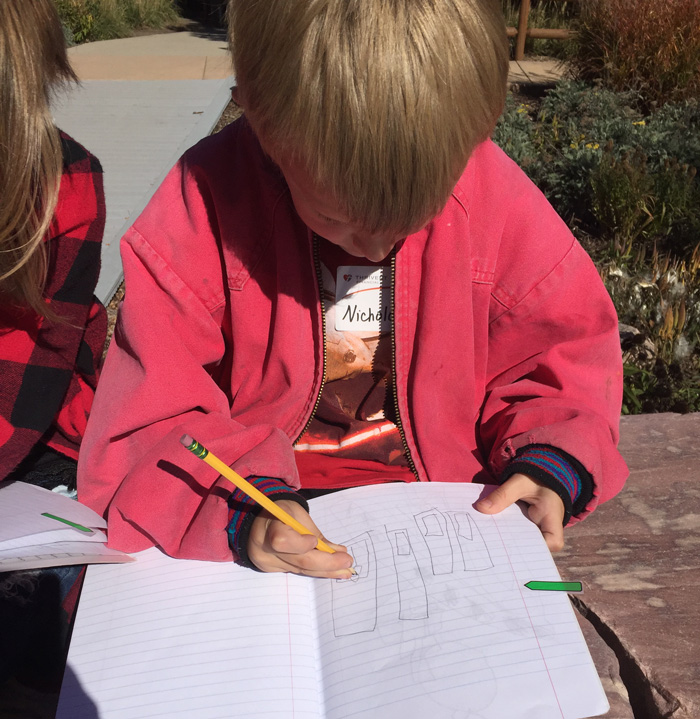
Here’s a glimpse into the thoughts of some junior kindergarteners and kindergarteners from Dakota Prairie Elementary School as they explored Tangle Town:
- Why is it called Tangle Town?
- How did they get the sticks to stay?
- How did it get twisted? Wouldn’t the sticks break?
For children, the world is full of wonderment and mystery. Around every corner, there’s something to explore and an opportunity to learn. The key to fostering these learning opportunities is to tap into the curiosity and interest of what’s being discovered.
Listen closely to what children are asking. Children’s questions share what they wonder and what they notice. When this sense of wonder is accompanied by questions, it cultivates rich learning opportunities.
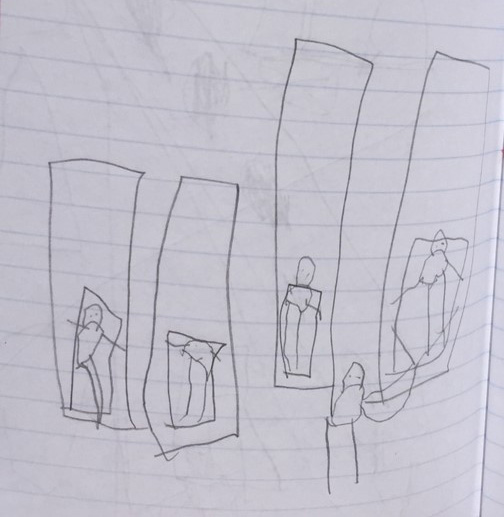
Questions have a way of showing children where they need to go on their quest for knowledge. One question can have the potential for revealing multiple layers of answers, each with unique pathways for discovery. For instance, the question “How did they get the sticks to stay?” sparked the following comments:
- When you look close you can see tiny twigs.
- I think they just stabbed sticks in there and that’s how it was built.
- To build it, they probably put sticks around in the ground then stuck sticks in them and then added more and more and did it again and again until it was tight.
This brainstorm of ideas could have led the children into a process of exploring different methods in which Tangle Town may have been created. Questions have a mind-opening effect. They spark the imagination to dream up endless possibilities for solutions. When brought together and shared, they help generate a focus and the learning process moves forward.
This is reiterated in the book “A More Beautiful Question: The Power of Inquiry to Spark Breakthrough Ideas” when its author Warren Burger quotes Stuart Firestein:
“One good question can give rise to several layers of answers, can inspire decades-long searches for solutions, can generate whole new fields of inquiry, and can prompt changes in entrenched thinking. Answers, on the other hand, often end the process.”
In a series of posts to follow, we’ll share stories of how children worked together to solve problems in their Innovation Learning Lab experience. Stay tuned. In the meantime, keep asking questions.


 Tangle Town, a nature installation by artist Patrick Dougherty, was constructed in May 2017 and decommissioned in September 2021. It served as a perfect play spot for children and adults alike.
Tangle Town, a nature installation by artist Patrick Dougherty, was constructed in May 2017 and decommissioned in September 2021. It served as a perfect play spot for children and adults alike.

